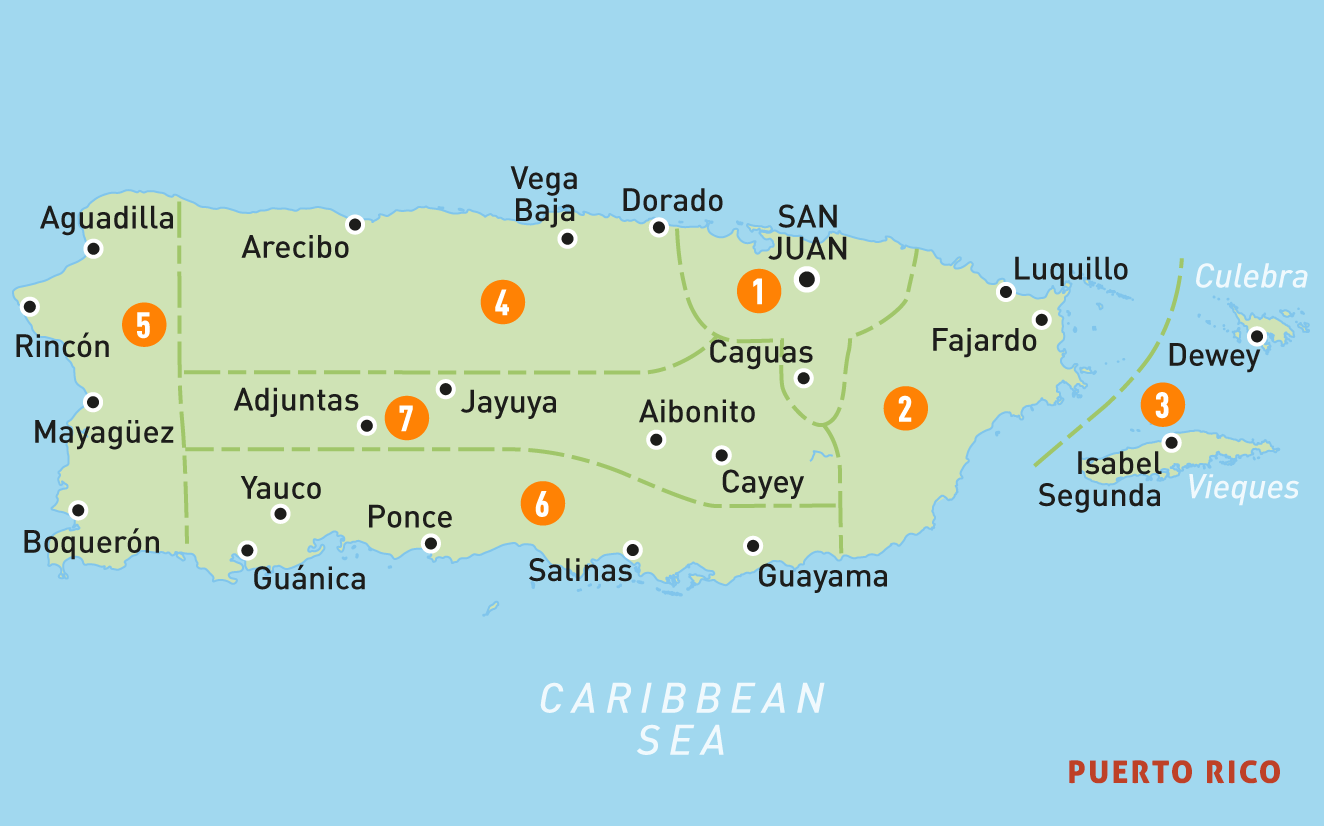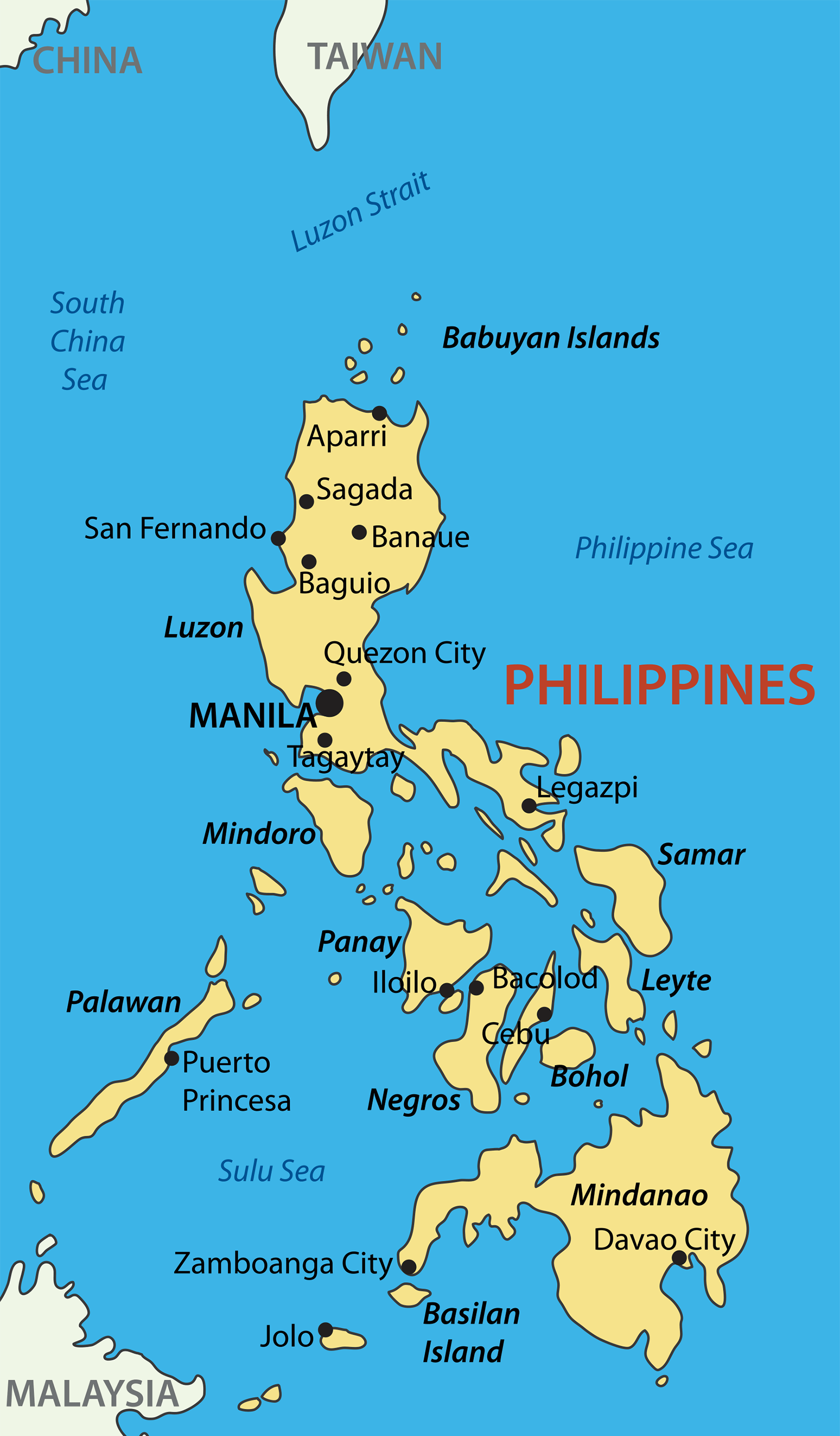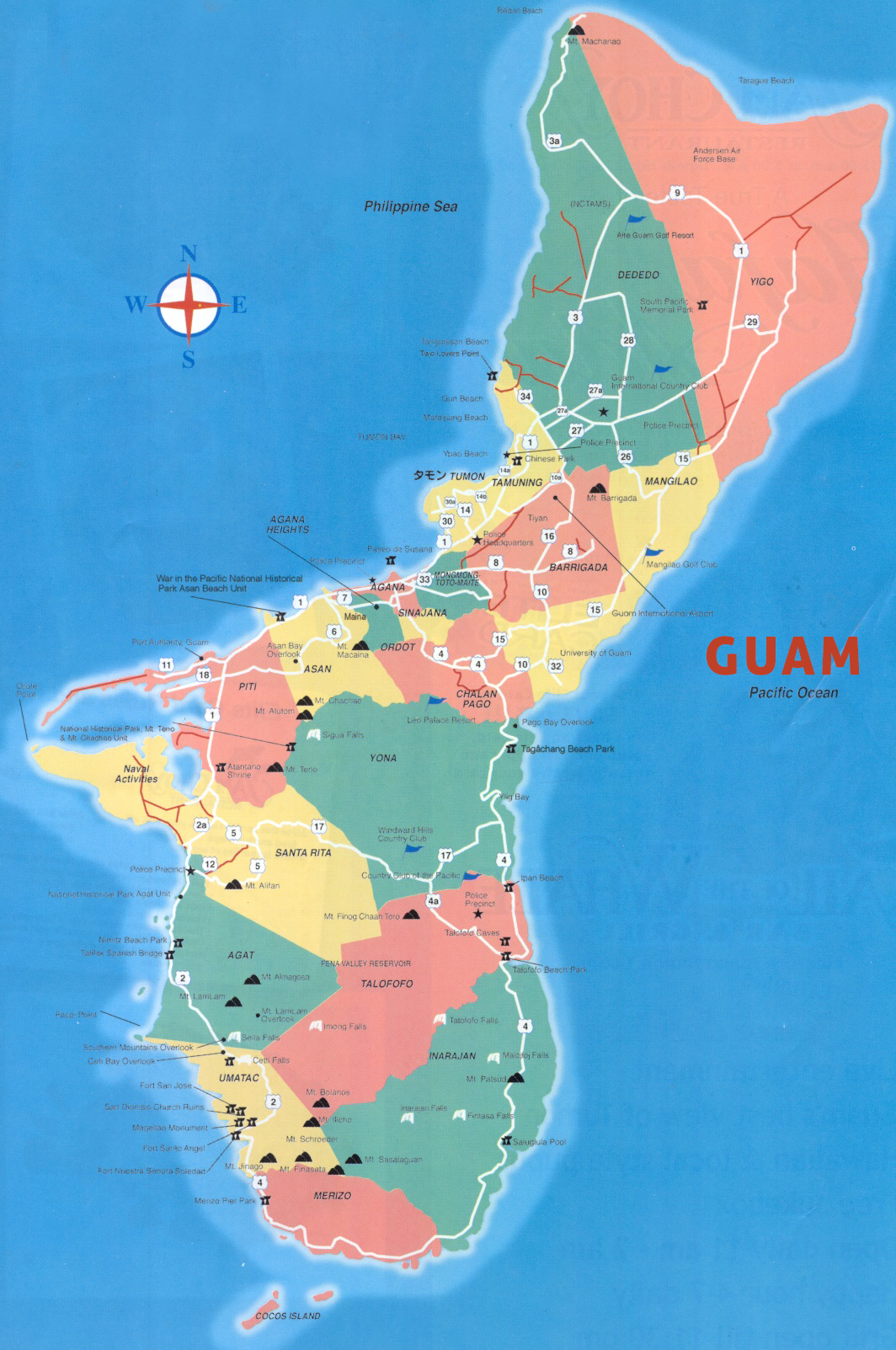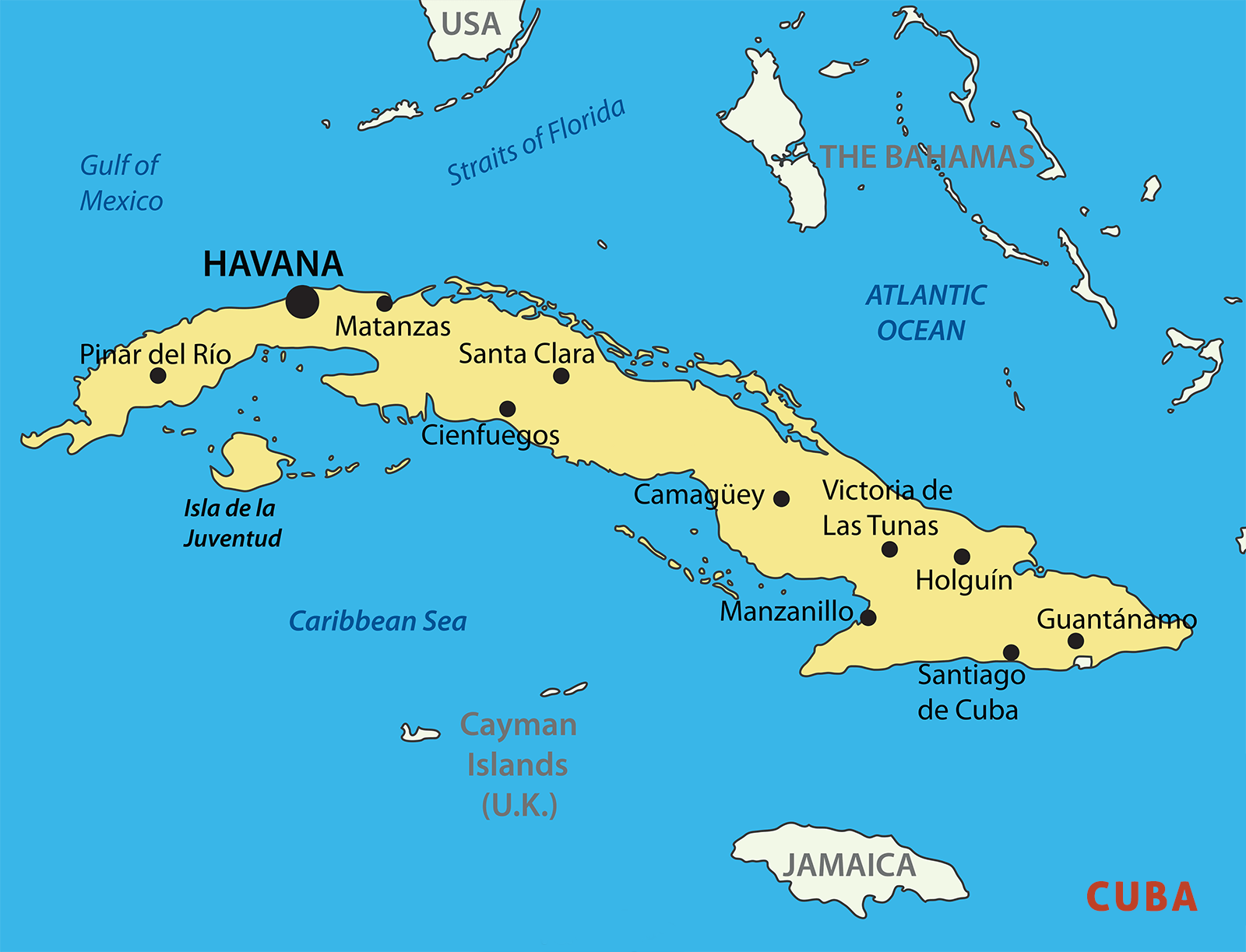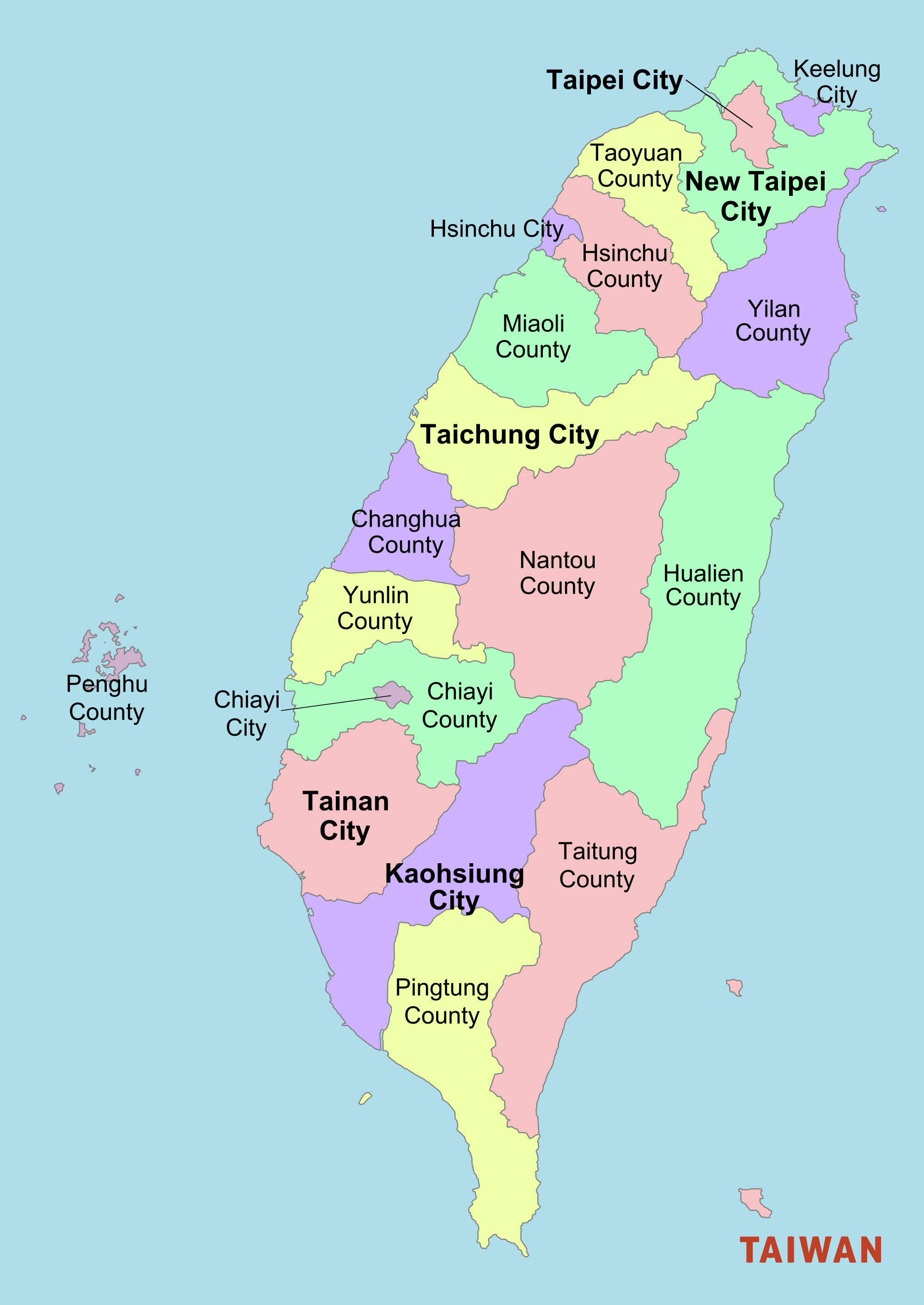1. Disposition of Territories After War - Common Misconceptions
(a) Many people think that the United States has only the "U.S. Department of Defense" and no "U.S. Military Government," because most people lack an in-depth understanding of the subject of military jurisdiction under the U.S. Constitution. An early explanation of the functioning of the U.S. Military Government can be found in Ex Parte Milligan (1866), a decision of the U.S. Supreme Court. In modern times we can refer to the definition provided in paragraph 362 of U.S. Army Field Manual FM 27-10 : "Military government is the form of administration by which an occupying power exercises governmental authority over occupied territory. " Hence, any area under military government jurisdiction is considered to be occupied territory.
(b) Furthermore, any archipelago under the United States Military Government (USMG) jurisdiction is naturally an overseas territory of the United States. The only exception is where there are other provisions in the peace treaty (e.g. becoming a "United Nations trusteeship", etc.). Notably, Article 4 (b) of the San Francisco Peace Treaty of April 28, 1952, makes it very clear that USMG has jurisdiction over the Ryukyus, Taiwan, and certain other places. According to Article 3 of the same treaty, the Ryukyus were elevated to the status of "United Nations trusteeship" but Taiwan was not “elevated” in this way and remained as a United States’ occupied territory.
(c) Many scholars in Taiwan do not study the "laws of war," and point out that since Taiwan was ceded in the San Francisco Peace Treaty without the designation of a receiving country, Taiwan must naturally be classified as "terra nullius." However, this is an incorrect idea. Some other scholars think that since Taiwan originally belonged to China (the Qing Dynasty), after Japan’s relinquishment of sovereignty, Taiwan's territory must immediately return to China. This is a misunderstanding of the disposition of Taiwan as specified in the 1895 Treaty of Shimonoseki. Taiwan was a “cession” of territory, not a “concession,” so after the coming into force of the 1895 Treaty, Japan does indeed have sovereignty over Taiwan, and Taiwan has severed all of its relations with China. (Naturally there is no need to discuss any return to China.)
(d) Large numbers of people object to the idea that Taiwan is occupied territory of the United States because they do not see significant numbers of U.S. military personnel (in uniform) in the streets of Taiwan. However, neither the Hague Conventions nor the Geneva Conventions have any specific requirements for the number of military personnel which the legal occupier must station in occupied territory. In fact, necessary personnel may be stationed in another geographic location if desired. At the same time, even though a particular occupied territory (area, region, etc.) has attained a large degree of self-governance with local members of the populace serving in all governing positions does not change the fundamental legal status of the military occupation. Major decisions regarding the territory and the people are still subject to the decisions of the United States (i.e. the "legal occupier"). This shows that there is a distinction between the "outer" (Republic of China system) and the "inner" (USMG) layers of control.
2. A Correct Understanding of Sovereignty
(e) Many Taiwanese and Chinese scholars maintain that Japan did not have any jurisdiction, control, governance, etc. over Taiwan's territory after October 25, 1945, hence international law cannot be interpreted to say that "Japan's sovereignty over Taiwan continued until the San Francisco Peace Treaty entered into force (i.e. April 28, 1952).” Most probably, such an analysis comes from a misunderstanding of the concept of "sovereignty" itself. In the post-Napoleonic period, international law has recognized that sovereignty consists of two components. The first is the exercise of control over territory. The second is the legal ownership of the territory. For Taiwan, starting from October 25, 1945, the Republic of China was commissioned (or “entrusted”) the territorial control. However, sovereignty over Taiwan has not been acquired unless the ROC obtains the legal ownership of Taiwan in a peace treaty.
(f) With the end of WWII in the Pacific, the international treaty that determines the fate of Taiwan is the San Francisco Peace Treaty (SFPT). This treaty was concluded by multiple countries, and is not just the opinions of certain world leaders or conclusions of various meetings in the 1943 - 1945 period, (such as the Cairo Declaration or the Potsdam Proclamation). The 1952 SFPT only stipulated that Japan should give up its sovereignty over Taiwan. It did not stipulate that Taiwan should belong to the ROC, the People's Republic of China, or China. Based on this, many scholars in Taiwan think that: "Only the Taiwanese people own the sovereignty of Taiwan" or “Regardless of which country is the legal occupier, fundamentally speaking, the sovereignty of Formosa and the Pescadores should be returned to all its inhabitants.” However, a problem arises because what is being stipulated by the peace treaty is "territorial sovereignty." According to the customary international practice, only the government of a country can own "territorial sovereignty," and consequently have the right to make disposition of that territory. If we interpret the SFPT to claim that "the Taiwan people own the sovereignty of Taiwan," such an analysis represents misunderstanding and confusion regarding the concept of "sovereignty" itself.
3. The Dichotomy of International Law
(g) International law can be divided into two parts, namely "peacetime international law" and "wartime international law" (the latter also known as "the laws of war"). In Taiwan, China, and even in many Southeast Asian countries, many international law scholars only learn half of this subject matter, that is -- "peacetime international law."
(h) The easiest way to research the development of the "laws of war" in the post-Napoleonic period is to collect and study many examples of territorial disposition after war. As mentioned above, many similar examples of this type naturally come together to form "customary law." This is because the "laws of war" are not entirely codified, and therefore attach great importance to customary practice.
4. Details of the Laws of War
(i) When issues regarding the disposition of territory arise as a result of war, the determination of "conqueror" is a necessary first precondition for making a resolution. As to who conducts the surrender ceremony, or who appears to be surrendering to whom, etc., these are primarily matters of appearances and formalities associated with that ceremony. These matters do not have any significant effect on the rights and obligations inherent in the legal structure which controls the administration and disposition of the conquered areas. At the same time, we must remember that the surrender ceremony marks the beginning of the military occupation. This is the significance of the surrender ceremony as revealed by studying the Hague and Geneva Conventions.
(j) The "legal occupier" may commission (or “entrust”) the military forces of other countries to conduct the military occupation. If the armed forces of other countries agree to such an arrangement, legally speaking they become "agents," thus automatically forming a principal-agent relationship.
[Note:] The so-called "law of agency" has a long history in the world and was already well established in the Roman era (specifying, for example, that the "agent" must not exceed the purpose or scope of the agency arrangement). Today, “agency” is included in the legal system of all civilized countries.
(k) In speaking of the content of a peace treaty, the verb “cede” and the noun "cession" are used for describing any piece of territory that is being "separated from its mother country." For the ceded territory, there are two possible situations: one is when a receiving country is designated, and the other is when receiving country is not designated. Although surprising to many people, at the time of entry into force of the peace treaty, all ceded territories continue to be under the jurisdiction of the "legal occupier" (i.e. the conqueror). In other words, as stated above, for ceded territories in a peace treaty, "military occupation" does not end with the entry into force of the peace treaty. See Chart
(l) Notably, in regard to the four main Japanese islands, the United States bore the major responsibility for the military occupation, and the other Allied Forces primarily served as advisors or consultants. However, some people still believe that the “legal occupiers” of Taiwan must be recognized as the Allied Forces. However, this is impossible since with the coming into force of the SFPT, the Allied Forces have disbanded, and yet the military occupation of ceded territories continues. We should not forget that the SFPT identifies the United States as the “principal occupying power.”
5. Government in Exile
(m) At the most basic level, a "government in exile" is a government that relocates outside of its own national territory. This is (A) regardless of whether this relocation is accompanied with a very large number of its own people, or a total of less than 75 persons, (B) regardless of the political status of the territory where it relocates itself, and (C) regardless of whether the cause of this relocation was “domestic pressure” or “foreign pressure.” Moreover, international law stipulates that no procedures or methods are available whereby a government in exile can be recognized as the legal government of its current locality of residence.
(n) Some people think that the ROC is a "rump state" with territorial sovereignty over Kinmen (Jinmen) and Matsu (Mazu) but no territorial sovereignty over Formosa and the Pescadores. However, the basic requirement for being recognized as a "rump state" is that the sovereign territory which is still held meets the criteria for becoming a "state." Unfortunately, Kinmen and Matsu are geographically located inside the territorial waters of another sovereign country (i.e. the People's Republic of China). Accordingly, with reference to international law, the territory of the Kinmen-Matsu region cannot form an independent state. Therefore, discussing the current status of the Republic of China based on the argument of being a "rump state" is not particularly meaningful.
(o) Many political figures in Taiwan like to say that Taiwan is not a normal country, however in truth probably every country in the world has one or more aspects which would qualify it to be called “non-normal.” Hence, such a description is not helpful in analyzing how Taiwan’s current problems should be solved. More critical is to recognize that Taiwan territory is currently under a legal condition of military occupation.


